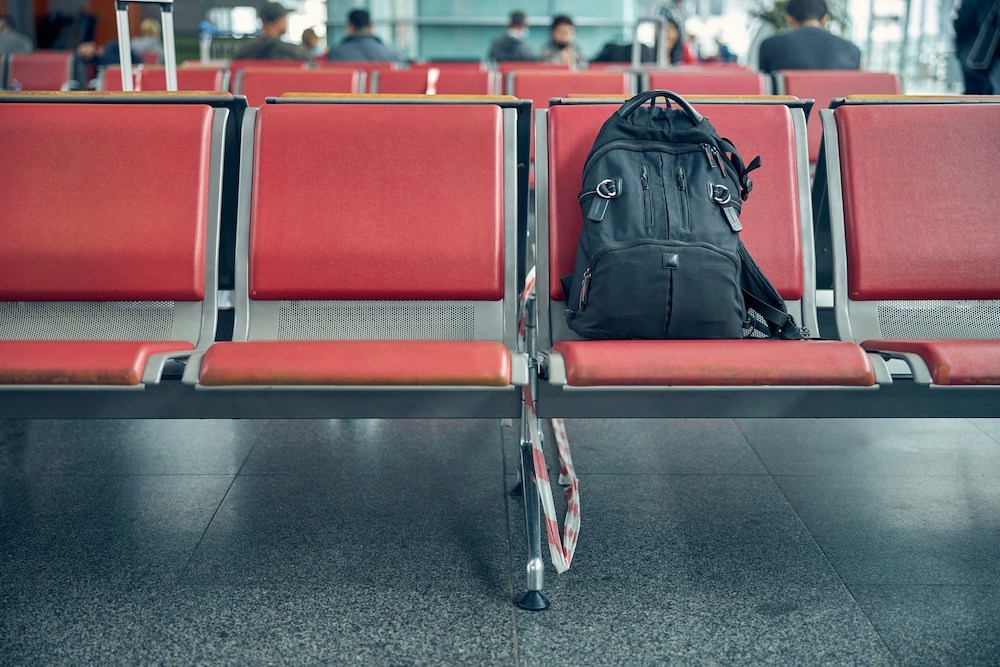The FAA’s 10% flight reduction is rippling through 40 major airports—and the meetings industry is feeling the pain
Reading Time: 5 minutes
When the Federal Aviation Administration announced it would reduce U.S. air traffic by 10% across 40 “high-volume” markets, it wasn’t just another bureaucratic headline—it was a body blow to an industry that runs on mobility.
From Atlanta to Los Angeles, and from Chicago to New York, the country’s major airports—the same ones that move hundreds of thousands of corporate travelers, exhibitors, and keynote speakers every week—are bracing for widespread disruption.
“I’m not aware in my 35-year history in the aviation market where we’ve had a situation where we’re taking these kinds of measures,” FAA Administrator Bryan Bedford told reporters, according to the Associated Press. “We’re in new territory.”
For an industry that contributes more than $234 billion to U.S. GDP and supports 5.6 million jobs—according to the Events Industry Council and Oxford Economics’ 2023 Global Economic Significance of Business Events report—“new territory” means canceled flights, missed connections, delayed setups, and an unpredictable chain reaction that can throw off everything from room blocks to registration tables.
The Numbers Behind the Slowdown
The FAA directs more than 44,000 flights daily, including commercial passenger flights, cargo planes, and private aircraft. A 10% cut translates to roughly 1,800 canceled flights and as many as 268,000 lost seats, according to aviation analytics firm Cirium.
That figure looms large for corporate travel planners, who rely on efficient airlift to power everything from incentive trips to product launches. With hubs like Atlanta (ATL), Dallas (DFW), Denver (DEN), and Miami (MIA) all on the list, “there’s no way to avoid the ripple,” says Geoff Freeman, President and CEO of the U.S. Travel Association.
“The shutdown is forcing difficult operational decisions that disrupt travel and damage confidence in the U.S. air travel experience,” Freeman said in a statement. “This puts unnecessary strain on an already fragile system.”
When Controllers Can’t Afford the Commute
The crisis isn’t about airplanes—it’s about people. Air traffic controllers have been working unpaid since the shutdown began on October 1, logging six-day workweeks and mandatory overtime. Many are calling out because they can’t afford gas, child care, or even food.
“Currently nearly 50 percent of major air traffic control facilities are experiencing staffing shortages, and nearly 90 percent of air traffic controllers are out at New York–area facilities,” the FAA confirmed in a statement Friday evening.
Transportation Secretary Sean Duffy warned that each missed paycheck brings the system closer to chaos. “Some controllers can get by missing one paycheck, but not two or more,” he told the AP. “We can’t ignore it.”
Even before the shutdown, the FAA was short about 3,000 controllers nationwide—a deficit that has now become a full-blown crisis.
From the Boardroom to the Boarding Gate
For the meetings and events sector, these aren’t just travel hiccups—they’re logistical nightmares. Every grounded flight threatens to derail an event’s timing, ROI, and attendee experience.
“If you’re running a multi-day conference with 1,000 attendees flying in, a 10% flight cut doesn’t just mean late arrivals—it means canceled sessions, lost revenue, and re-engineering your entire event schedule in real time,” says Henry Harteveldt, airline analyst and president of Atmosphere Research Group.
Harteveldt criticized the FAA’s short notice: “To tell airlines you’ve got 48 hours to rebuild your schedules at 90% of what you’ve got isn’t much time, and it’s going to result in a lot of chaos.”
Major carriers like United, Delta, and Southwest are trying to soften the blow. United CEO Scott Kirby told employees the airline will “focus the cuts on regional routes” and offer refunds “to anyone who doesn’t want to fly during this time.” But regional routes are often the ones that feed secondary destinations—precisely where planners hold retreats, incentive programs, and corporate offsites.
The Broader Economic Fallout
The U.S. Travel Association estimates that travel delays and cancellations already cost the economy $140 million per day during the last major FAA disruption. With more than 39 control facilities now reporting potential staffing shortages each weekend—up from an average of just 8.3 before the shutdown—those losses could escalate fast.
Cirium’s latest data points to a “broader slowdown” across the aviation system, with below-average on-time performance at most major U.S. airports. Orlando, one of the country’s top convention cities, saw average staffing-related delays of 4.5 hours on Thursday.
What Planners Can Do Now
“It’s frustrating for travelers, because there’s not much you can do,” AAA spokesperson Aixa Diaz told reporters. “At the end of the day, you either fly or you don’t.”
FURTHER READING: Flight Delayed? Don’t Panic. Plan.
That fatalistic tone underscores a hard truth: America’s meetings industry has built its success on the assumption of reliable infrastructure. A month into the longest government shutdown on record, that assumption is eroding fast.
Experts recommend that planners:
1. Encourage attendees to arrive a day early for critical events.
2. Build flexibility into agendas and hybrid contingencies for keynotes or panels.
3. Leverage apps and notifications to monitor flight status in real time.
For planners who pride themselves on controlling every detail, the message from the nation’s control towers is clear—no one’s really in control right now.
Any thoughts, opinions, or news? Please share them with me at vince@meetingsevents.com.
Photo by Getty Images For Unsplash+





